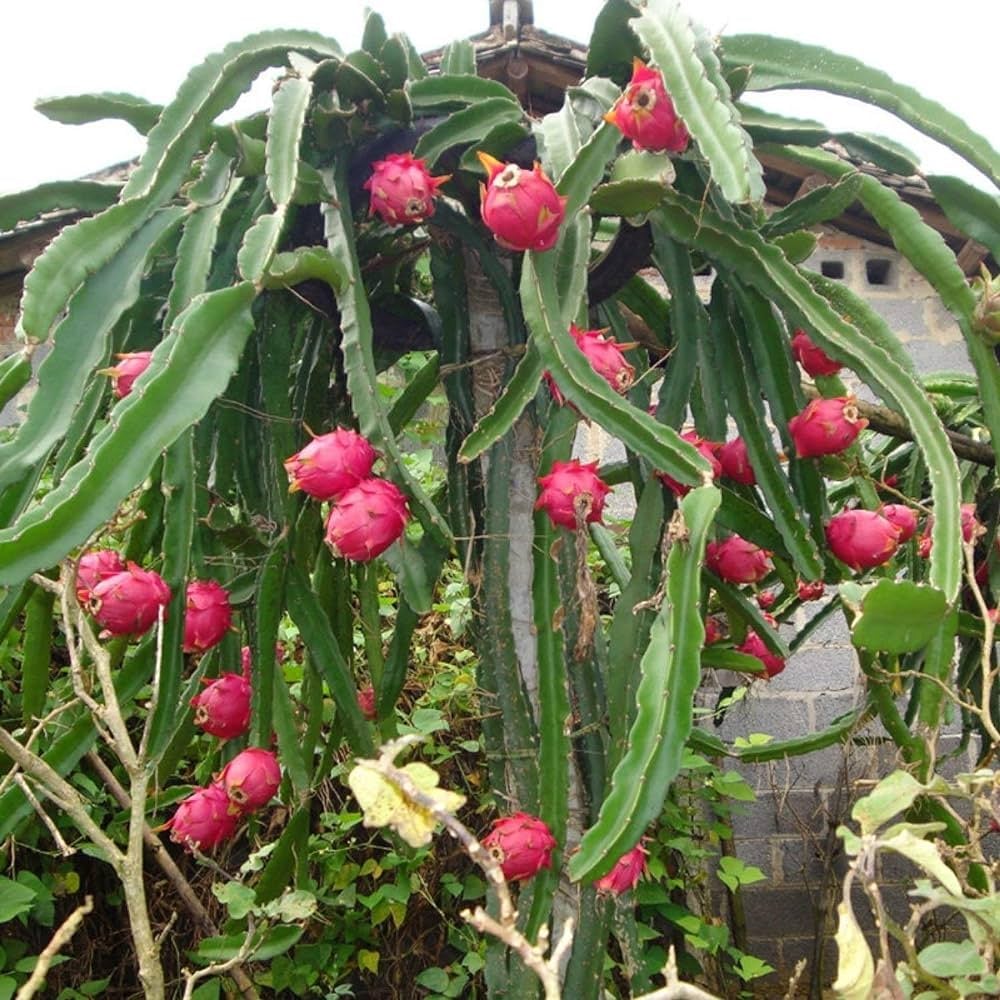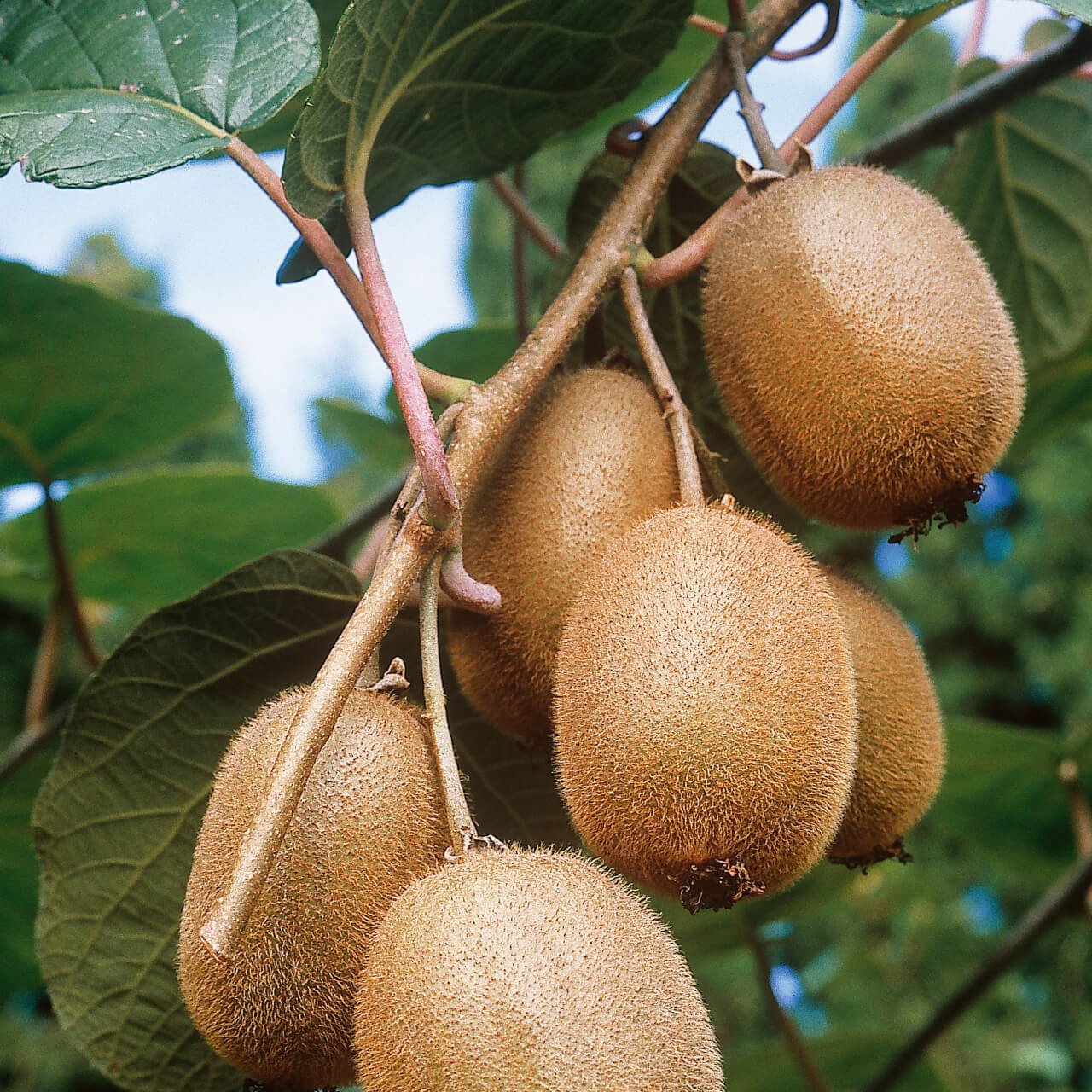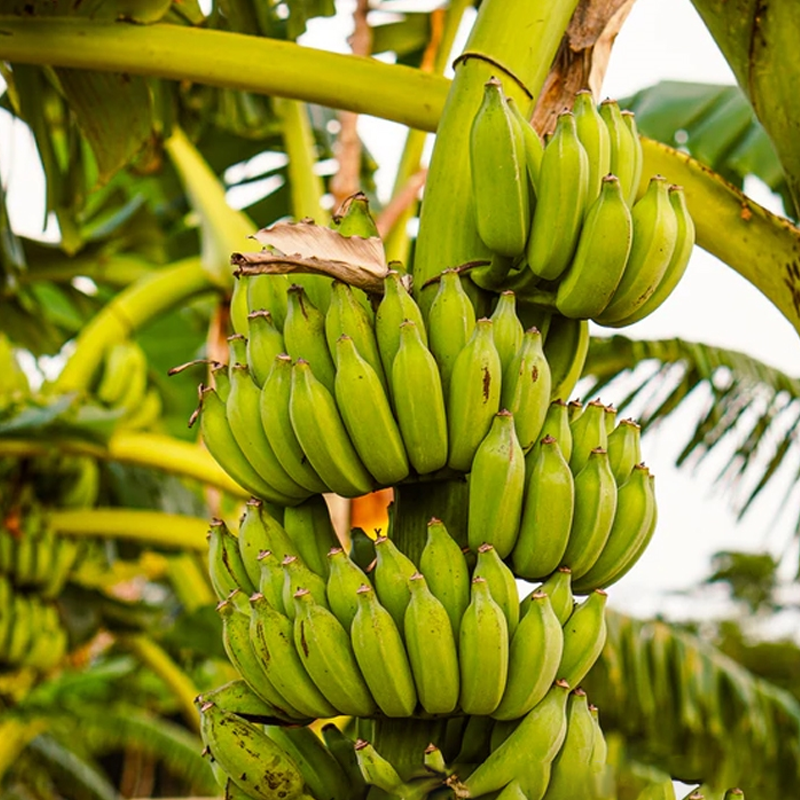



Squirrel Corn - Dicentra Canadensis
Thrives in shaded areas easily
Beautiful heart-shaped foliage attracts attention
Easy-to-grow perennial for long-lasting beauty
Thrives in
ZONE 4ZONE 5ZONE 6ZONE 7This plant ships:
Ships Week of May 12th1 Year Guarantee on all plants
Squirrel Corn - Dicentra Canadensis
Squirrel Corn - Dicentra Canadensis produces a welcome aroma, too. It enhances outdoor spaces' natural beauty, biodiversity, and tranquility. This perennial wildflower offers distinct qualities that enhance various aspects of landscape design.
It is a perennial wildflower with distinctly corn-shaped tubers that may attract smaller mammals like squirrels, chipmunks, and mice. That being said, this flower's element is not where it shines. This delicate plant is one that many would be happy to make room for. Let's take a look at where it shines and why it's beloved by so many.
Squirrel Corn - Dicentra Canadensis Has Heart-Shaped Flowers
This plant produces attractive, pale pinkish-white, heart-shaped flowers each spring that add a touch of delicacy and quiet beauty to any garden area. The flowers themselves produce a welcome aroma, too, which only enhances the plant's presence. While the name of the plant itself might sound silly, don't let it fool you into thinking that it's not a gorgeous plant to have in your yard.
This plant is a tuber, and one of its benefits is that animals like chipmunks are known to transplant it, reducing the amount of work that you need to do if you want these plants all around your property.
The Foliage Of The Squirrel Corn - Dicentra Canadensis Is Stunning
While the flowers are the highlight of this plant, they remain dormant after they bloom in spring. The good news? The leaves of this plant are also quite stunning. With a blueish hue, they flow out to produce an equally impressive spectacle, even without the presence of the plant's flowers. If you're looking for taller greenery that could be incorporated into garden or yard spaces to help you liven things up, consider it as one of the wildflowers you use in your space.
It Is Easy To Add To Landscapes
Speaking of incorporating Squirrel Corn into your space, you'll be pleased to know that it adapts well to most environments. This means that you can easily add it to various areas of your landscaping plans to breathe some more life into your space. Whether you're adding some more plants around trees or creating a garden space with various types of wildflowers that will burst to life in spring, you can rely on this plant to add something special.
What are the ideal growing conditions for it?
They grow best in partial to full shade and prefer soil that is well-draining and fertile. Water the plant frequently but avoid overwatering it, and fertilize in the early spring.
How do you propagate and care for it
Propagate it by using the division technique in the autumn or spring periods. Add mulch for winter protection and trim the foliage after it has wilted in the fall for this plant to produce healthy growth in the next season.
How can it be used in landscaping?
This plant can be grown in shaded parts of the woodland gardens to contribute to the charm of the area. Its fern-like leaves and heart-shaped flowers make it stand out from the plants.
What are some companion plants for it
Plant Dicentra Canadensis together with shade lovers like hosta, fern, and bleeding hearts for a perfect woodland garden. It has a soft pastel foliage color, which allows the plant to blend harmoniously with plants having strong textured leaves or striking flowers.
This Is How Your Plants Will Look upon Delivery
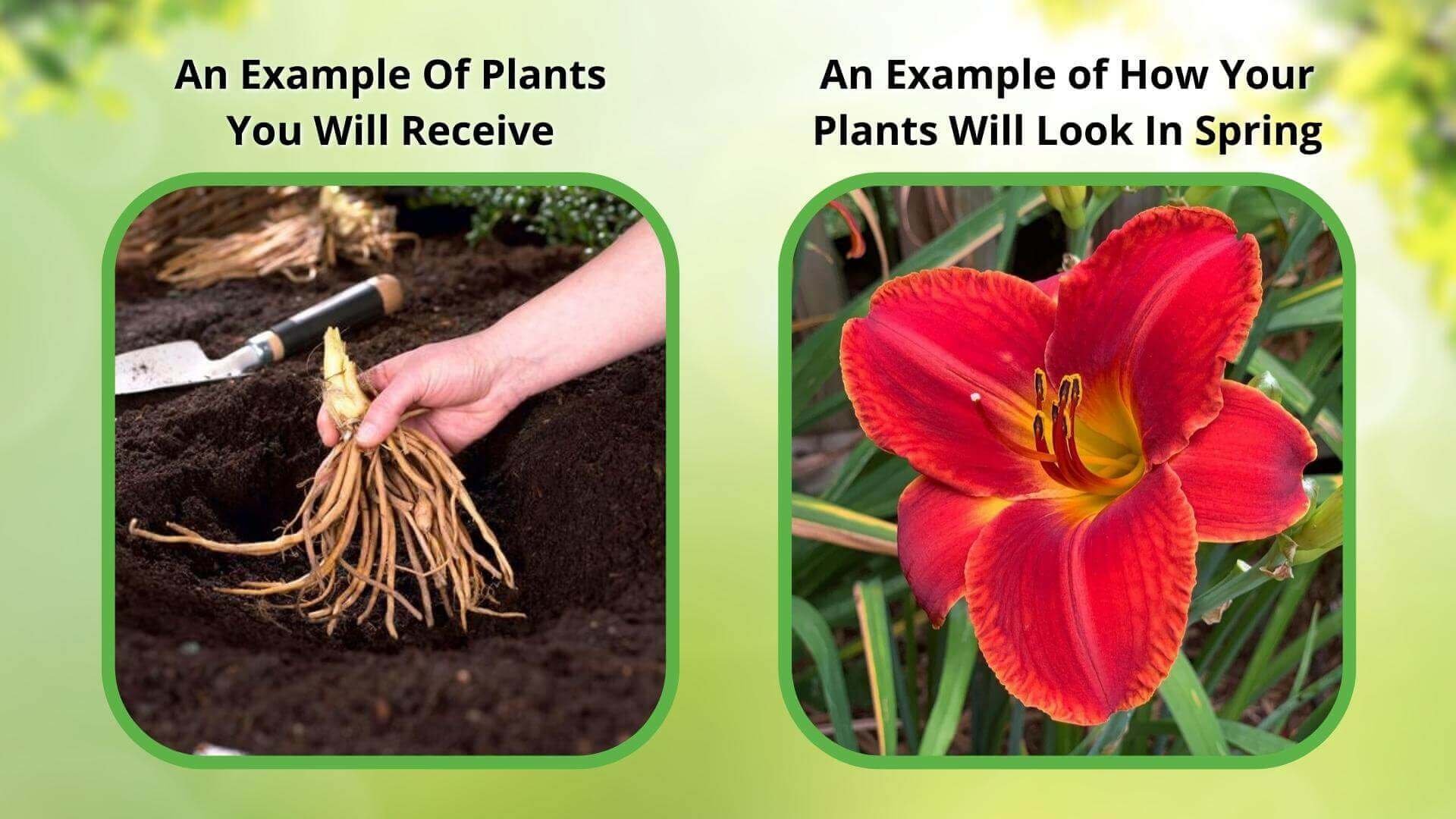
Bloom Season
Spring
Bloom/Foliage Color
White
Height at Maturity
Under 12"
Care
Squirrel Corn thrives in well-drained, moist soil. Keep it watered consistently, especially during dry spells. Fertilize lightly in early spring. This perennial benefits from regular division every 3-4 years to maintain vigor and spread. Avoid overwatering to prevent root rot.
Plant Reproduction
Dicentra Canadensis Squirrel Corn by seed dispersal and clonal reproduction
Shipping date depends on the date displayed and chosen when you order from the product's page.
We only accept returns on plants verified dead. If you think your plants have died, we offer a 1 year warranty, please use this File a Claim Link to verify dead plants and start with return warranty process.






Squirrel Corn - Dicentra Canadensis
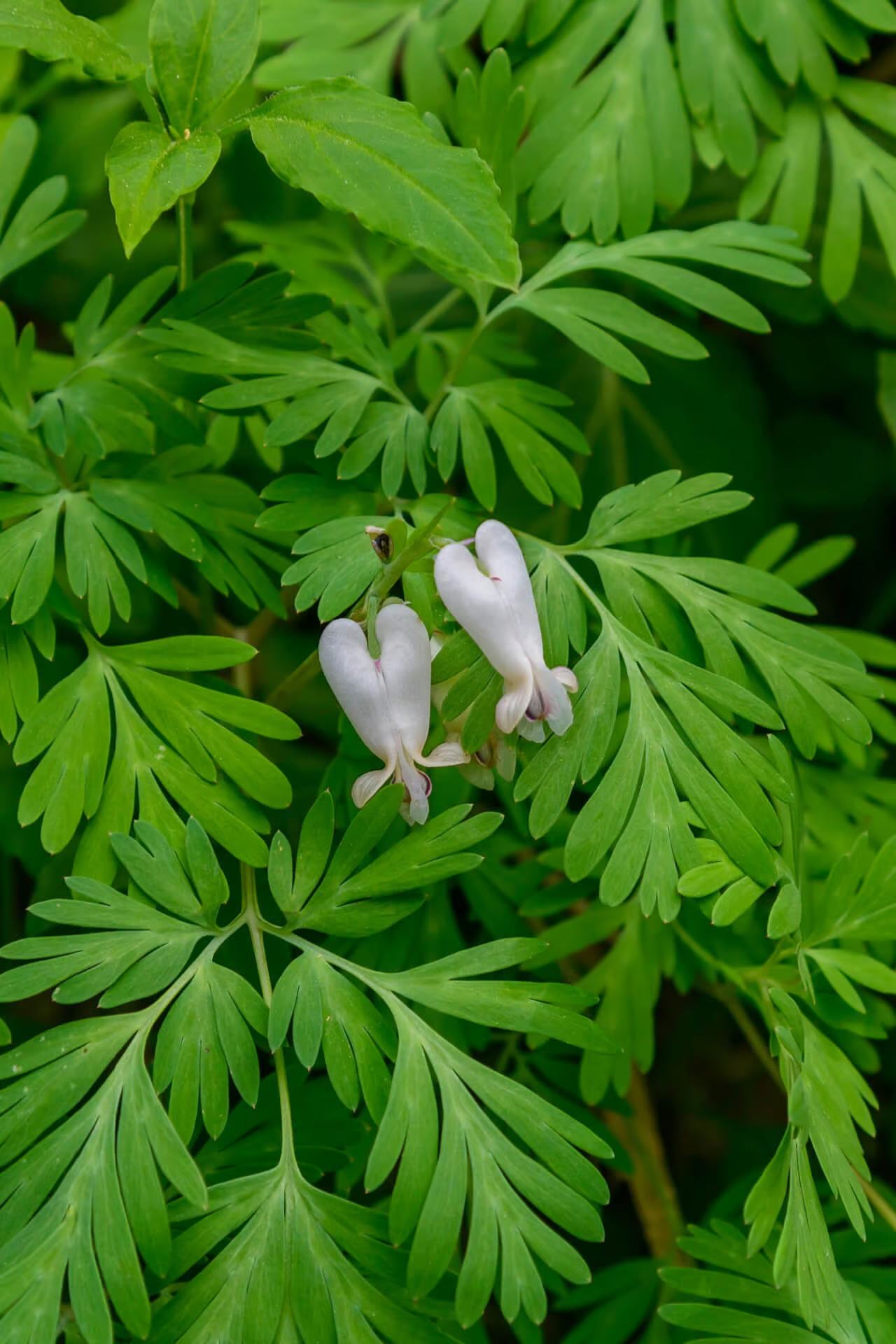
Unique Heart-Shaped Blooms:
Dicentra canadensis features distinctive heart-shaped flowers that dangle elegantly from arching stems. These charming blooms add a whimsical touch to any shaded garden area.
Minimal Care Required:
Once established, Dicentra canadensis is a low-maintenance plant that requires little attention, making it a perfect option for gardeners seeking a beautiful yet easy-to-care-for addition.
Pollinator-Friendly:
The graceful flowers of Squirrel Corn attract bees and other pollinators, enhancing the health of your garden ecosystem and supporting local wildlife.
Perfect for Shaded Areas:
This plant excels in low-light conditions, making it an ideal choice for brightening up dark or shaded garden spaces where other plants may struggle.
Caring Tips
How do I care for my Squirrel Corn - Dicentra Canadensis?
Each box contains detailed care instructions and information about your product. But here's the basics.
Care Tips
Squirrel Corn thrives in well-drained, moist soil. Keep it watered consistently, especially during dry spells. Fertilize lightly in early spring. This perennial benefits from regular division every 3-4 years to maintain vigor and spread. Avoid overwatering to prevent root rot.
Light Requirements
Squirrel Corn (Dicentra canadensis) thrives in partial to full shade. It prefers excellent, moist conditions and will do well in areas with filtered sunlight or dappled shade, mimicking its natural woodland habitat. Avoid direct sunlight to prevent leaf scorch.
Hardy Planting Zones
4 • 5 • 6 • 7
Header
Use this content to share information about your store and products.
Frequently Asked Questions
How often should I water my plants?
How do I know if my plant is getting too much or too little sunlight?
What should I do to prepare my plants for winter?
What are the signs that my plant needs fertilizing?
How can I prevent pests from damaging my plants?
How do I choose the right plant for my climate zone?



